8320 BCE
The massive ironwood doors at the end of the long dimly lit corridor, leading to the dungeons of Amritam Palace, stood open for the royal party.
With brisk steps, the young queen approached the dungeon entrance. Her retainers followed close behind.
Four burly dungeon guards stood on either side of the open doors. “Welcome, Maharani Nandini!” They saluted with bowed heads and joined palms.
Temples throbbing, lips pursed in a thin line, and fists clenched tight, Nandini stormed past the guards without a word. Despite years of training, her fury refused to stay hidden.
Beyond the threshold, she continued down a similar corridor, and turned into many dark passageways until she reached the locked execution chamber, where the Royal Executioner Maya awaited her.
“Maya, open it,” she ordered with a curt nod at the door.
Maya bowed head and joined her palms. “As you command, Maharani.”
The tall and muscular female executioner unlatched the door to the execution chamber. Watching her, Nandini steeled herself for the task ahead.
At eighteen years old, she took immense pride in her duties as ruler and crusader of justice. Dressed in white and gold silk garments that complimented her lean figure and ivory-white skin, the young queen was taller than most girls her age, and yet all the warriors and dungeon guards towered around her. Her fiery copper-brown hair, adorned with intricate gold chains and plaited at the nape, hung down to her waist.
Both male and female retainers in her party wore white cotton garments, leather vests and full metal armour. Each carried swords, daggers and battle axes stamped with the Amritambu royal insignia.
In contrast, the dungeon guards wore leather armour over their blue and green uniform garments made of coarse linen, and wielded iron spears. The Royal Executioner Maya was the only exception in the group, dressed in red uniform, combination armour, and carrying a whip with a silver handle at her side.
Having unlocked the elaborate latch, Maya turned around and faced the queen. “Maharani, you may step inside now.”
Sudden hurried footsteps echoed through the dungeons. Nandini peeked over her shoulder at the other end of the foyer.
Ten-year-old Princess Amodini, dressed in a gold embroidered, indigo-coloured cotton skirt and blouse, appeared in the door frame. Head Maid Sulochana and Warrior Madhava stopped close behind her. Having sprinted down the dungeon passageways, the trio stood catching their breath.
Little Amodini’s mystical, deep-brown eyes—the only physical trait she shared with her elder sister Nandini—scanned all the dignitaries present in the foyer until they rested on the young queen.
“Amodini,” Nandini asked, “what are you doing here?”
“Sister,” Amodini replied in a determined tone, “please let me see the execution.”
Nandini eyes moved from her little sister’s tear-stained face to that of the head maid and the warrior standing behind her.
“Apologies, Maharani,” Sulochana said joining her palms together. “I shall escort Princess Amodini back to her chambers right away, and I shall accept any punishment for not following your orders.”
“No, Sulochana did nothing wrong,” Amodini cried. “Please don’t punish her. It’s my fault. I ran away from her.”
“Amodini, if you understand that,” Nandini remonstrated, “then you must return to your chambers at once.”
“Please, sister, I must see the execution.”
“Maharani Nandini is right,” Maya interjected. “Princess, this is no place for a child. You cannot enter the execution chamber.”
Forced into a painful silence, the little princess’s eyes grew wide and moist. Her lips quivered with regret. Nandini crossed the foyer and wrapped her sister in a warm embrace.
Chubby, petite and innocent, Amodini’s messy copper-coloured, shoulder-length hair and rose-coloured skin made it impossible to guess that she was Nandini’s little sister. Yet, the two girls shared a firm bond that seemed to grow stronger in grief.
“Amodini,” Nandini said releasing her, “we understand how you feel. We know why you want to see the execution. But we cannot allow it. We are all gathered here for the same reasons. Justice shall prevail today.”
Unable to protest further, tears started streaming down Amodini’s cheeks. She brushed them away.
“We have assigned a more important task to you,” Nandini continued in a more gentle tone. “Rajmata Devisena’s funeral ceremony is your duty. We are certain you will honour her memory not only as your beloved mother, and our dear stepmother, but also as queen mother of Amritambu.”
“Yes, sister,” Amodini said gulping down more tears. “I will!”
“Headmaid Sulochana and Warrior Madhava, please escort Princess Amodini back to her chambers and inform all the palace staff to assist her in planning the funeral ceremony.”
“It shall be done, Maharani.” Madhava stepped closer with joined palms and knelt down next to little Amodini. “Princess, allow me!”
Amodini nodded in silence. She flung her arms around the old warrior’s neck as he lifted her off the ground. Sulochana joined her palms and bowed to the queen. The trio turned and left just as quickly as they had arrived.
A faint sigh escaped Nandini’s resolute lips. She wished she could cry for the queen mother, Devisena, like her little sister.
As queen of Amritambu, we must keep all emotions at bay.
She turned back to the execution chamber.
Maya pulled the door handle and the royal party walked in.

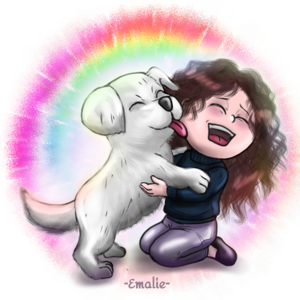
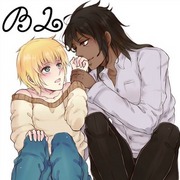

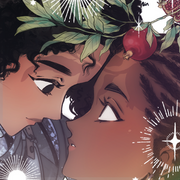
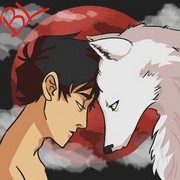



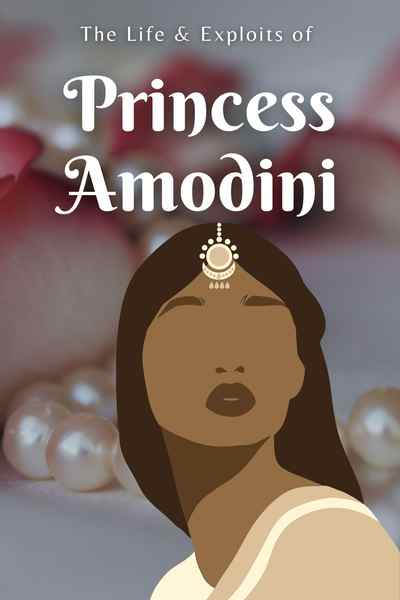
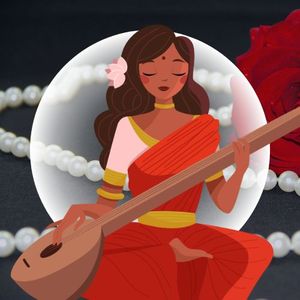
Comments (4)
See all